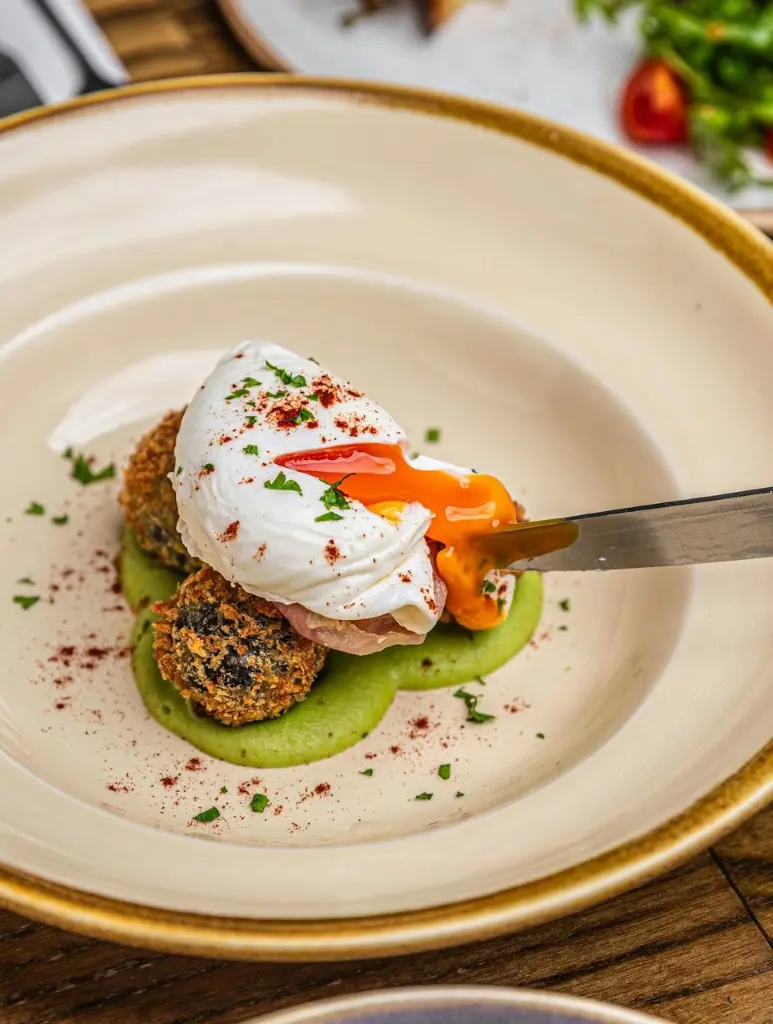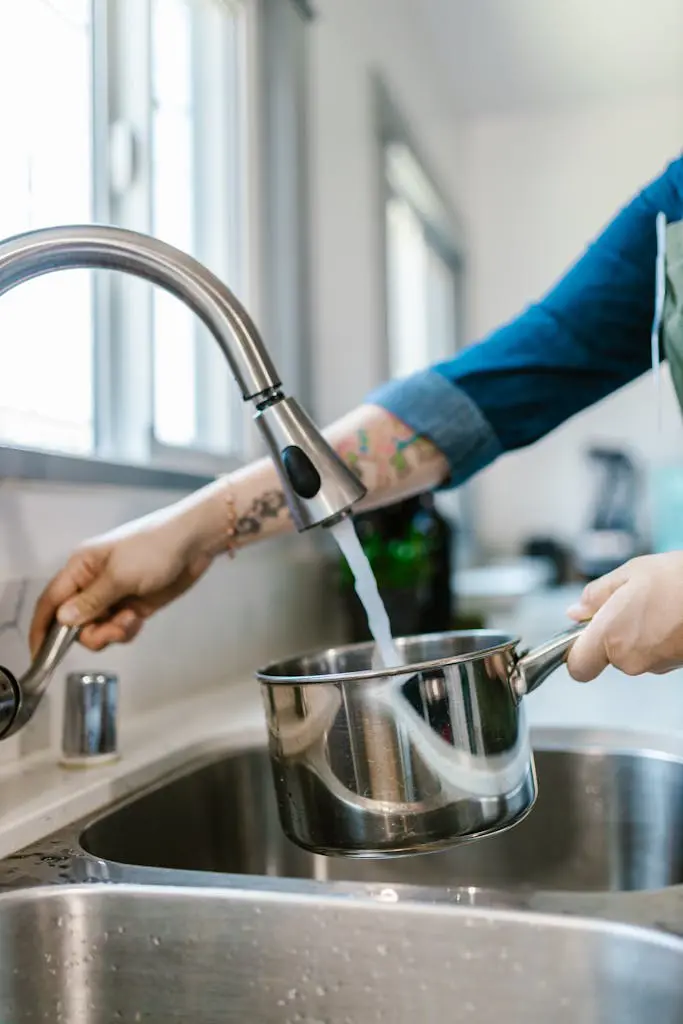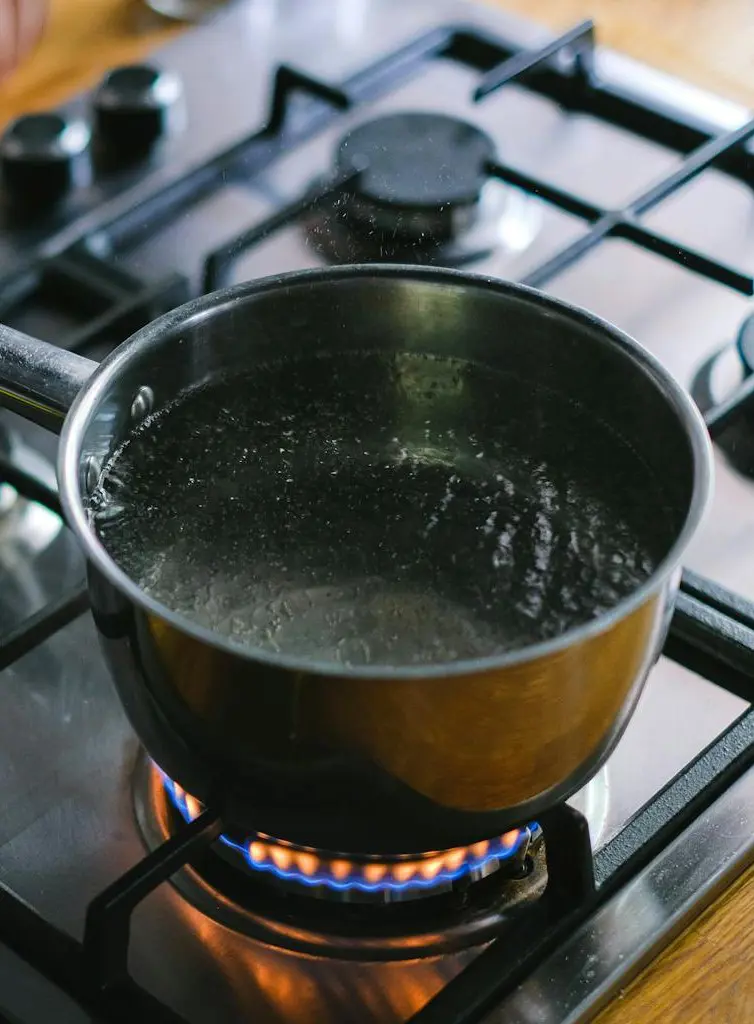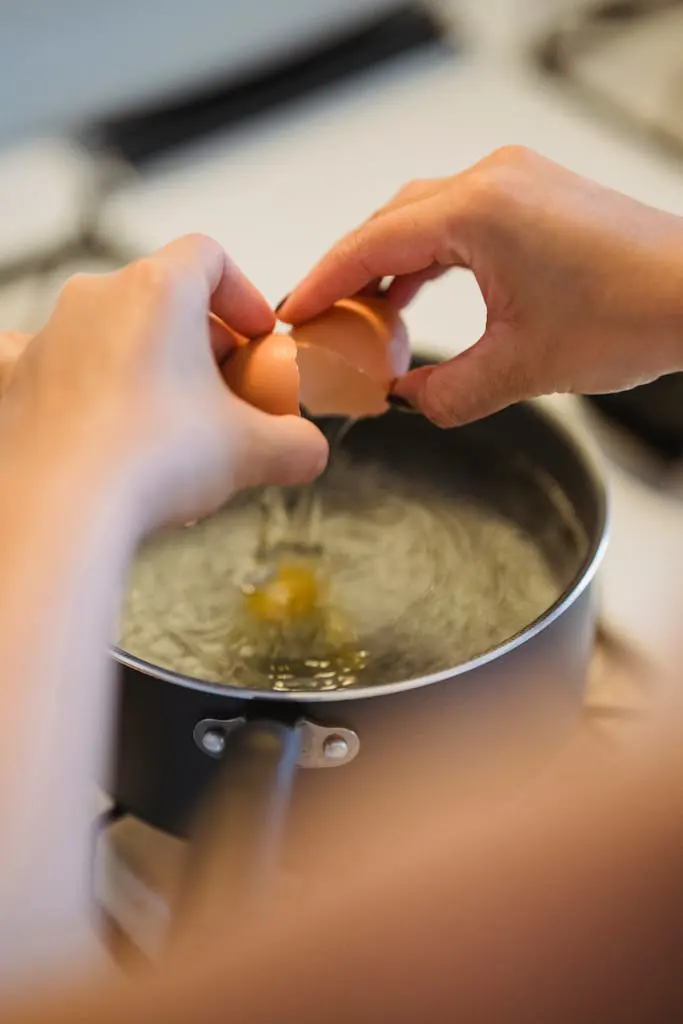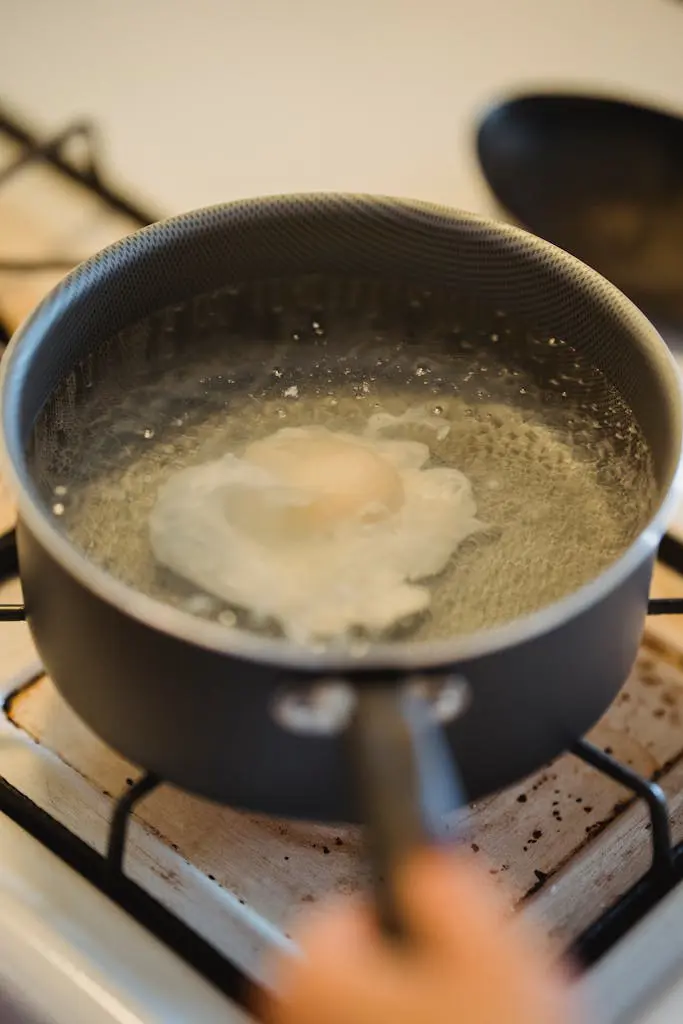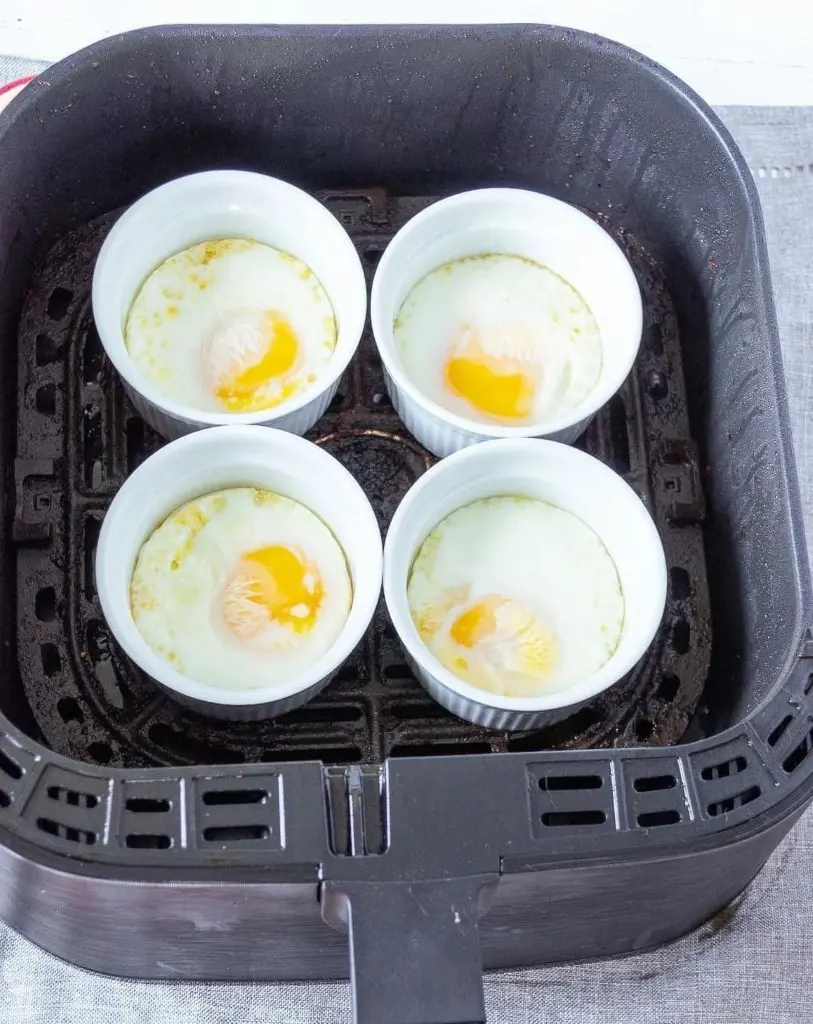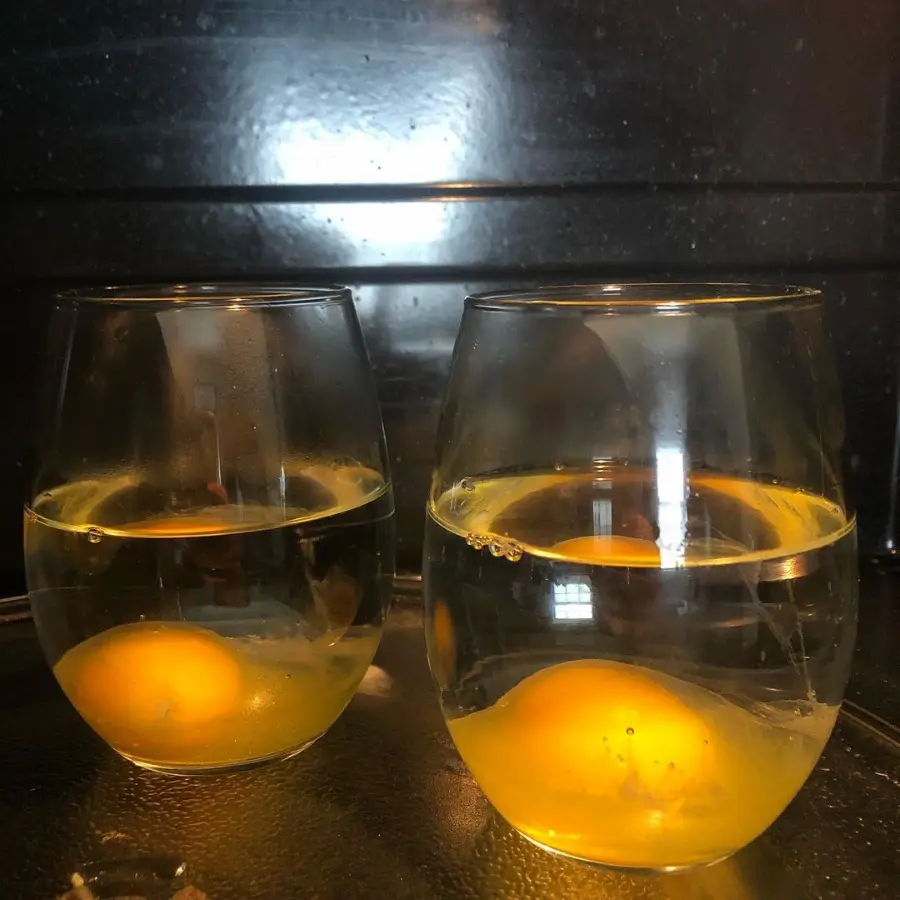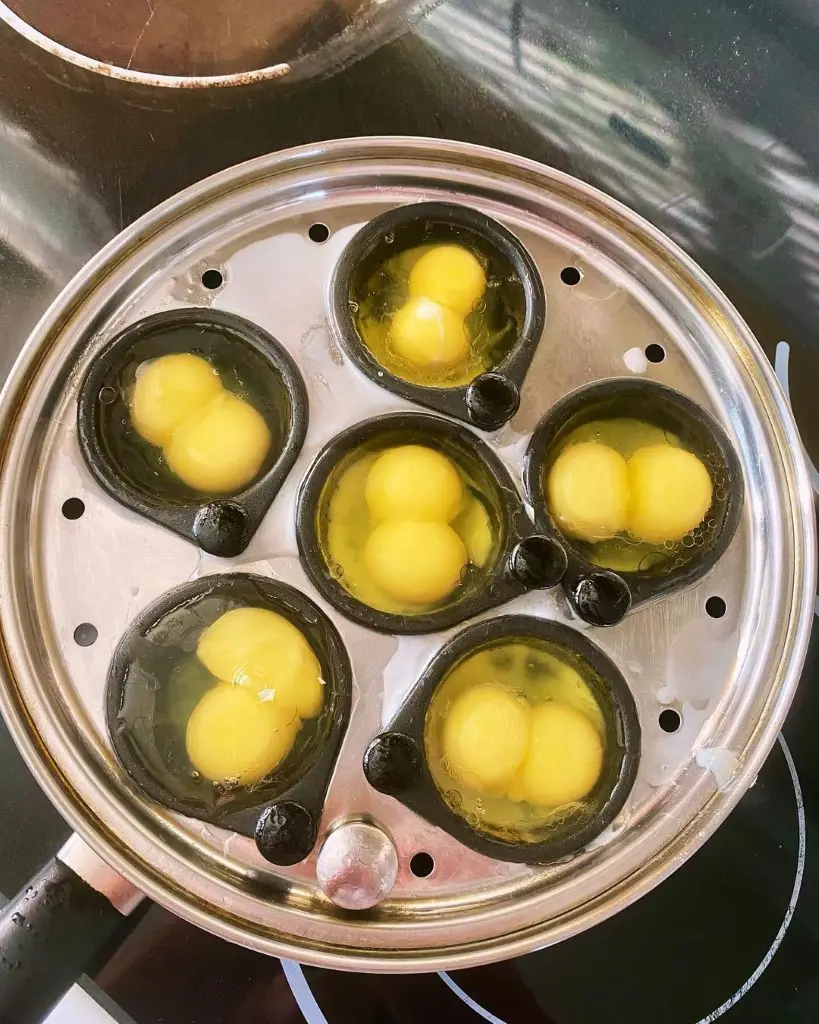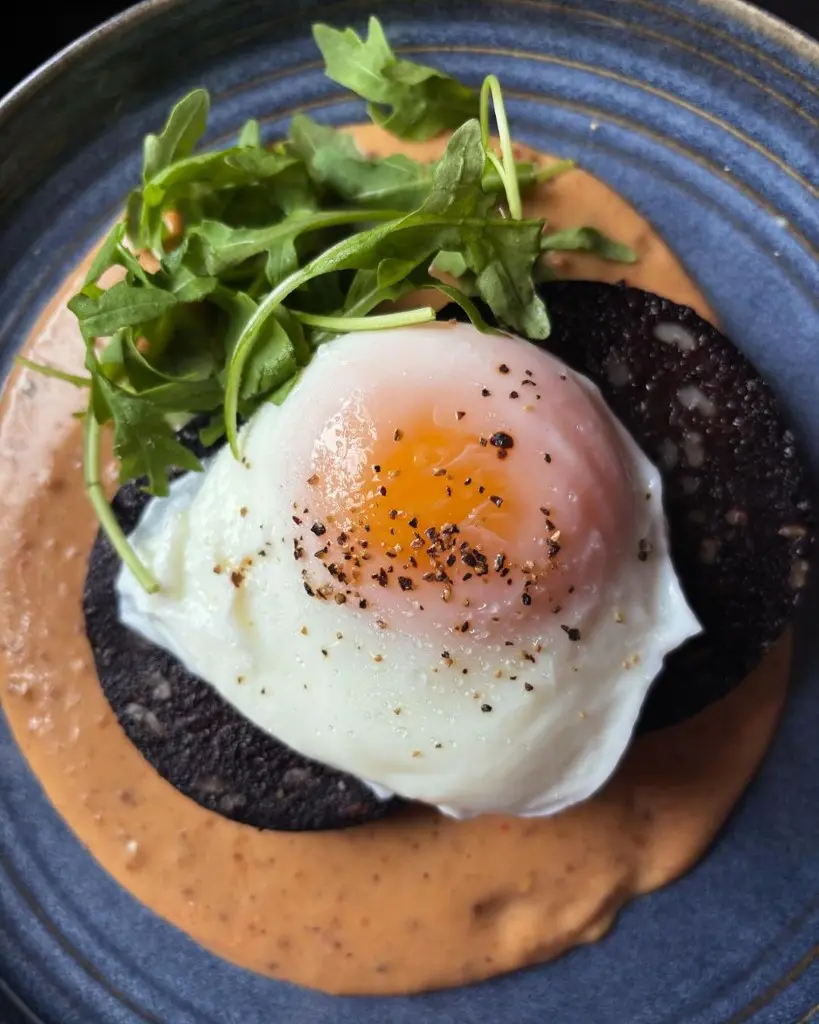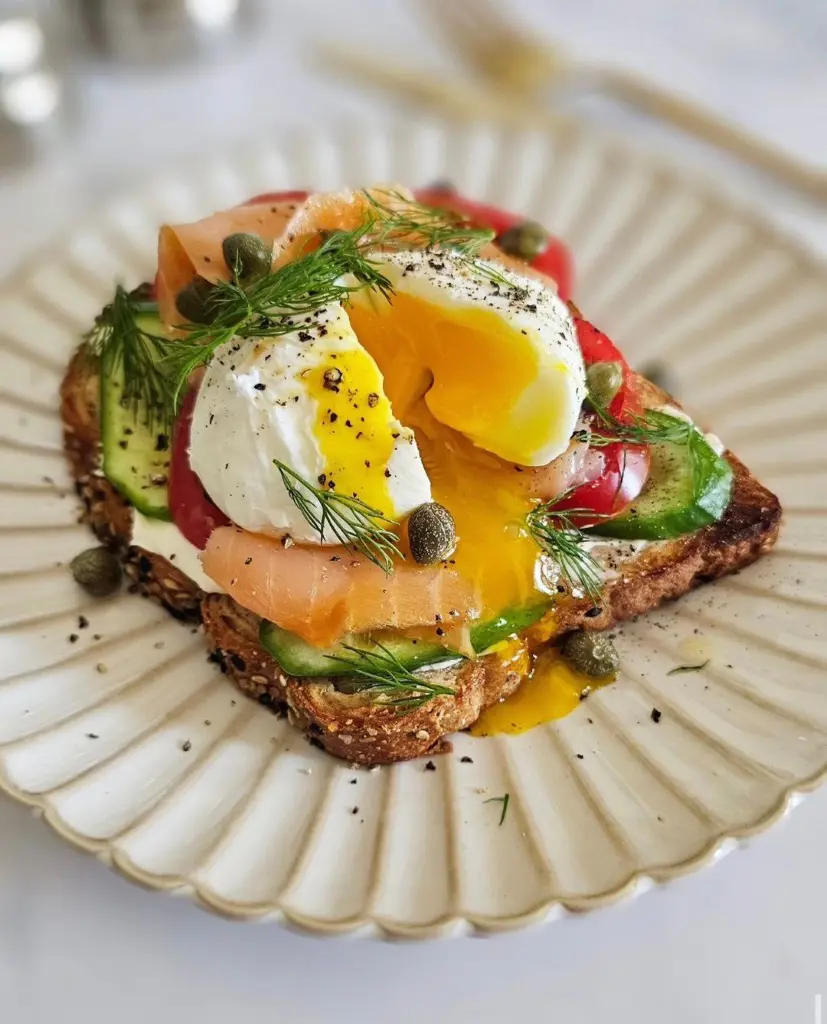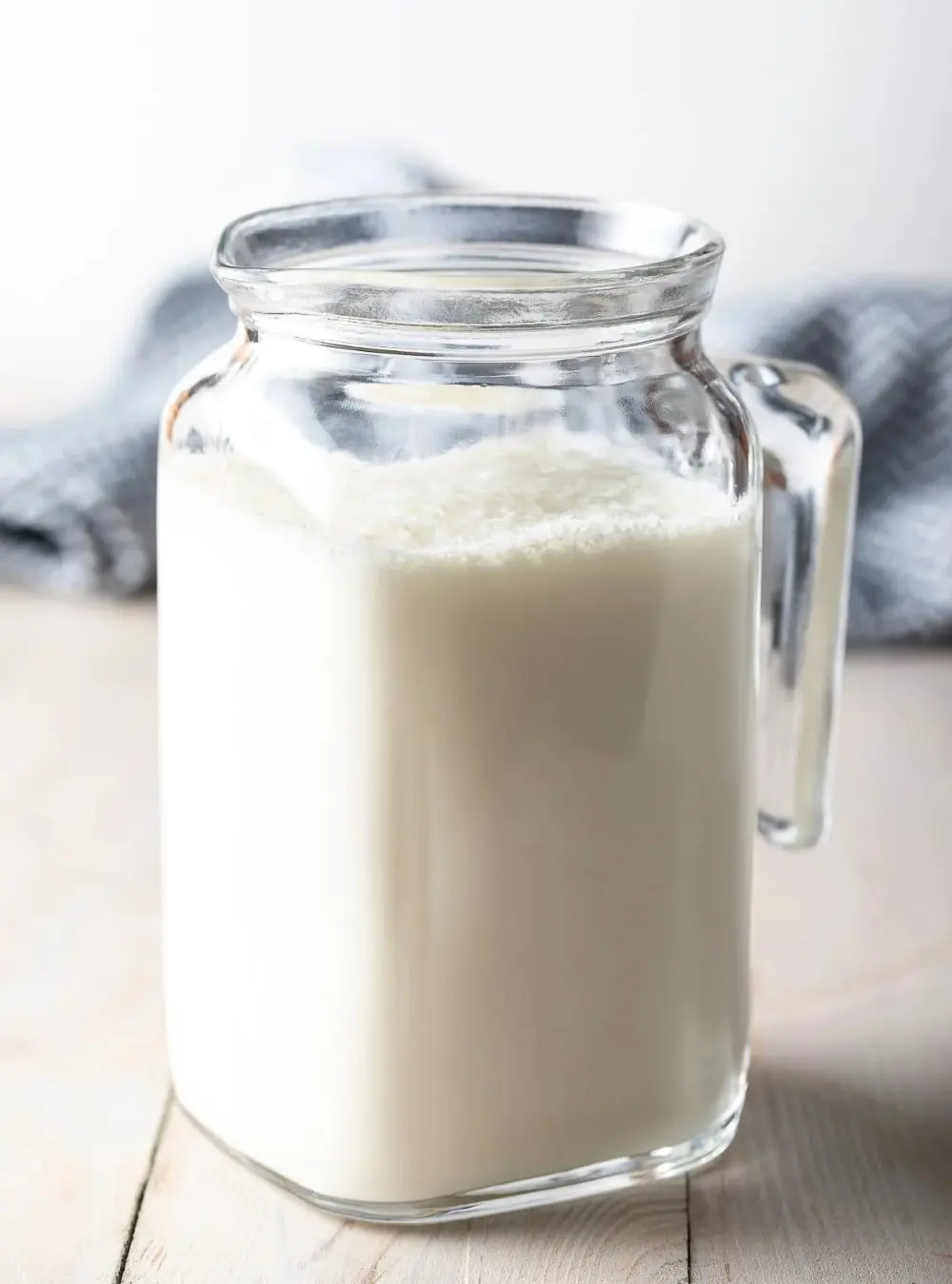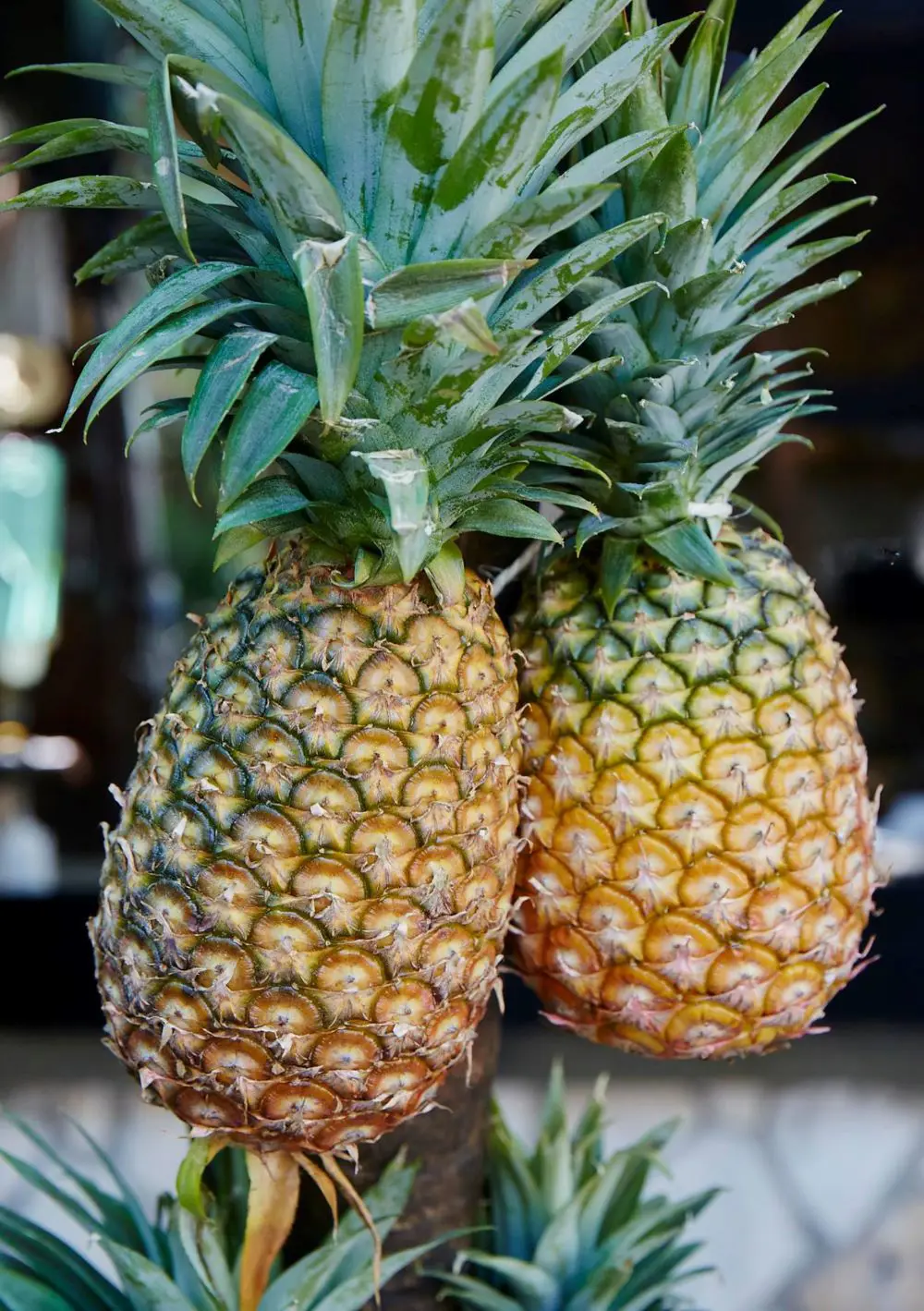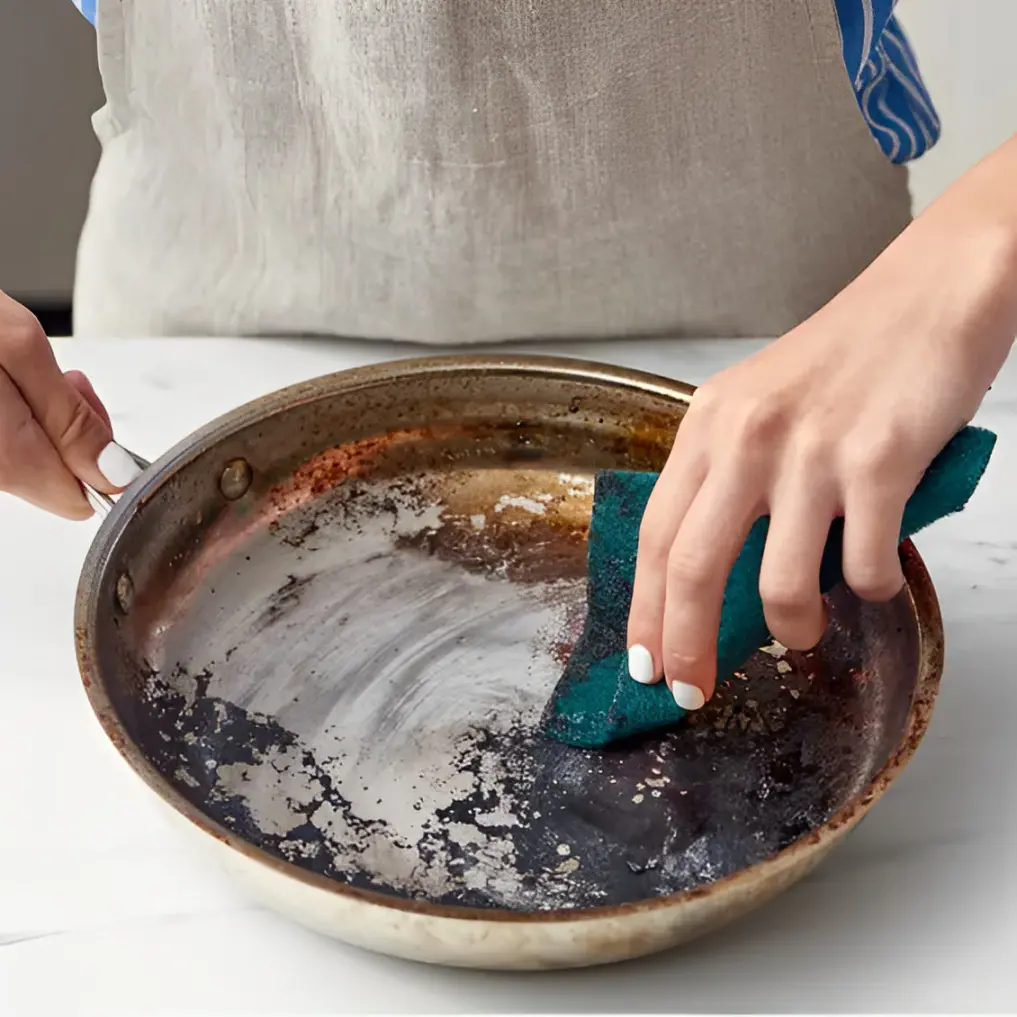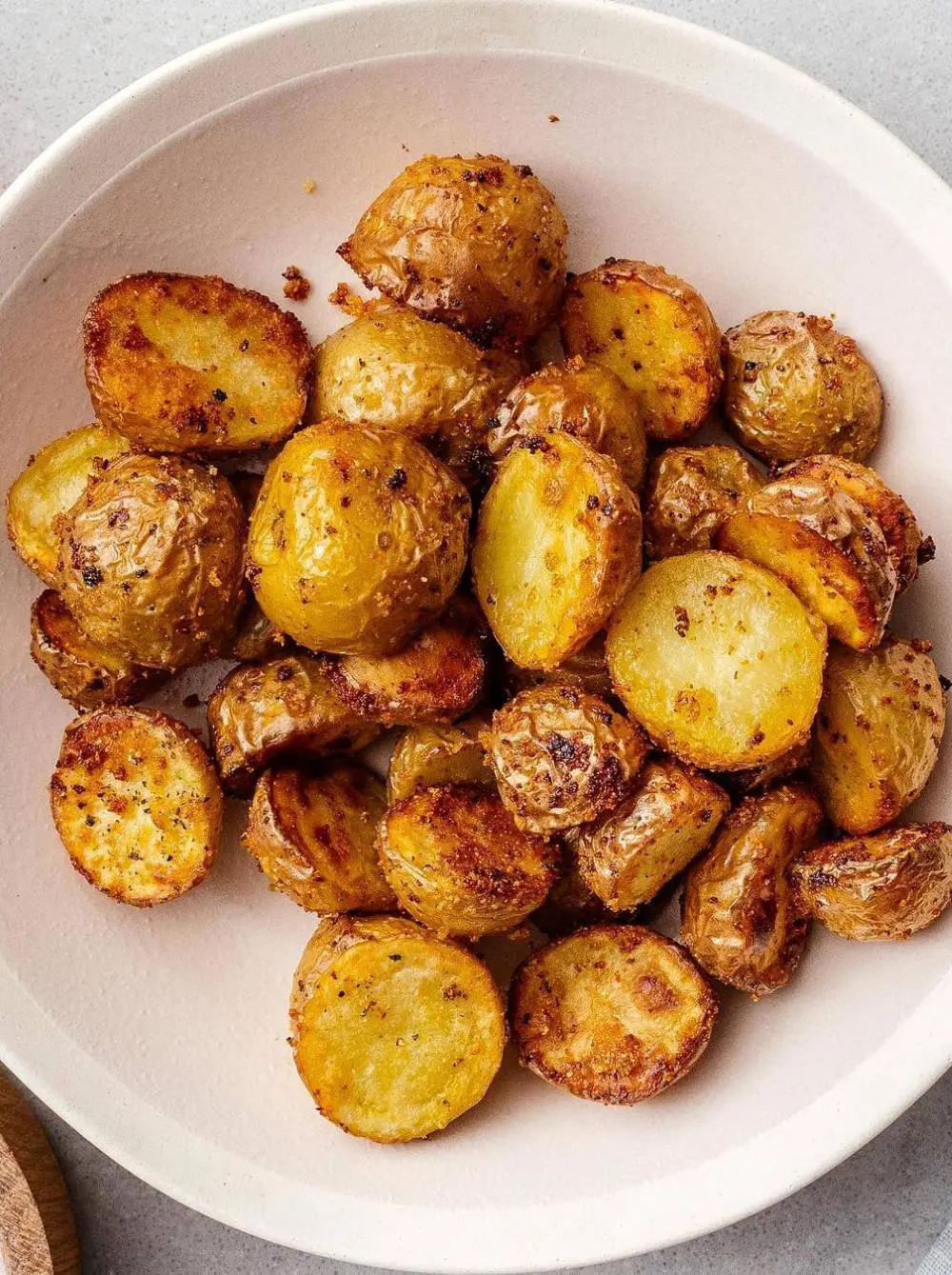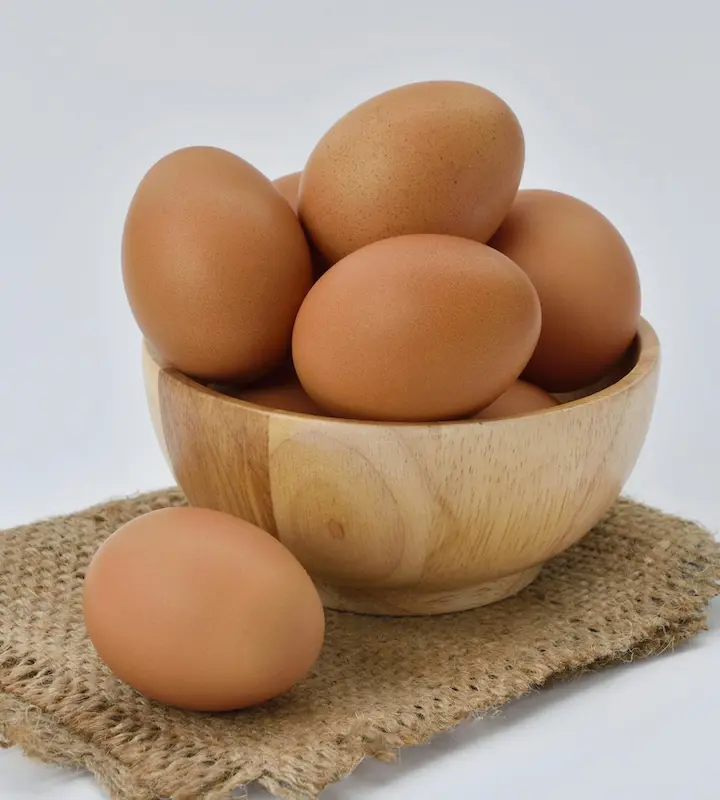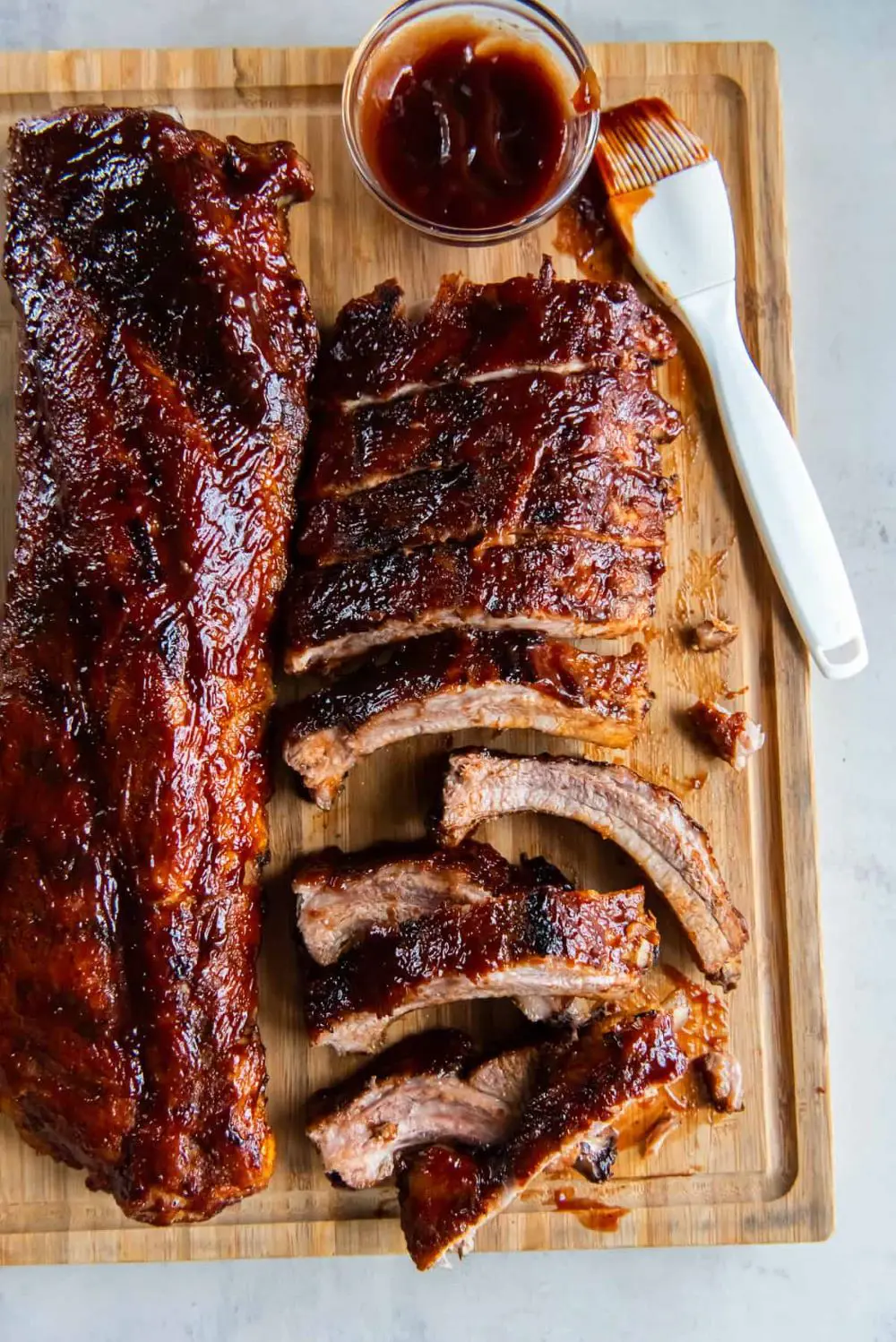Best Eggs To Poach
The secret to amazing poached eggs starts with picking the right eggs. You know how some eggs spread out all over the pot while others stay nice and round? Here's why that happens.
If you really want to poach your eggs, then fresh eggs are your best friend. When you are breaking a new egg, the egg white sticks to the yolk, giving the yolk a circular appearance that everyone enjoys. It's like the egg white gives the yolk a tight, warm hug!
Sure, it would be great to buy eggs right before making breakfast, but who has time for that? Don't worry - your eggs from the grocery store will work just fine if you use some helpful tricks.
Got some older eggs sitting in your fridge? Save those for making boiled eggs instead. Whether you like them soft and runny or fully cooked, those older eggs are perfect for boiling. Just remember - they won't work well for poaching since their whites tend to spread out too much in the water.
